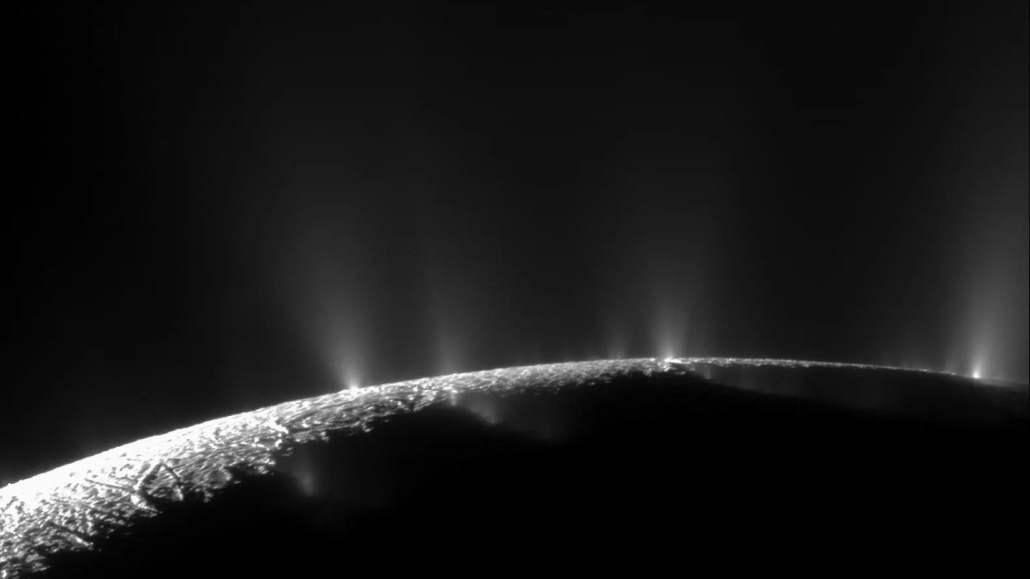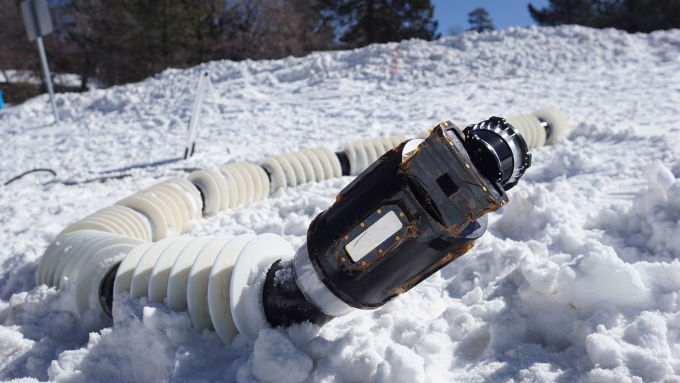A toxic gas that could help spawn life has been found on Enceladus
The moon’s water plume contains hydrogen cyanide, an analysis of Cassini data suggests

In 2005, Cassini discovered jets of water (shown) erupting from Enceladus’ surface. The spacecraft later flew through the plume of material formed by the jets multiple times, measuring the plume’s composition and detecting chemical ingredients for life.
JPL-Caltech/NASA, SSI








